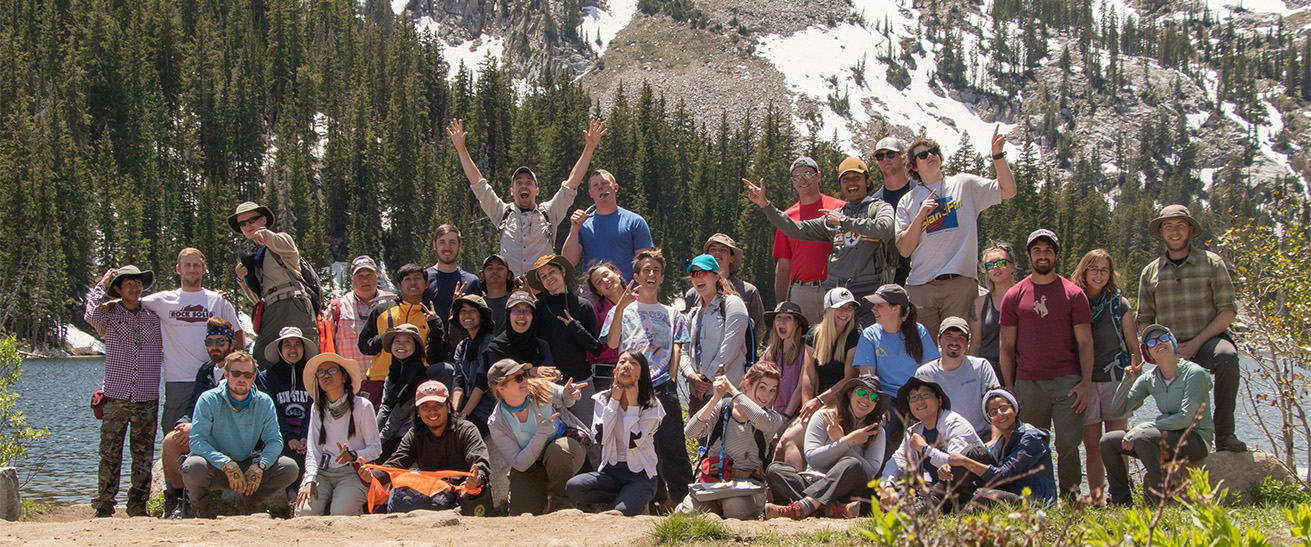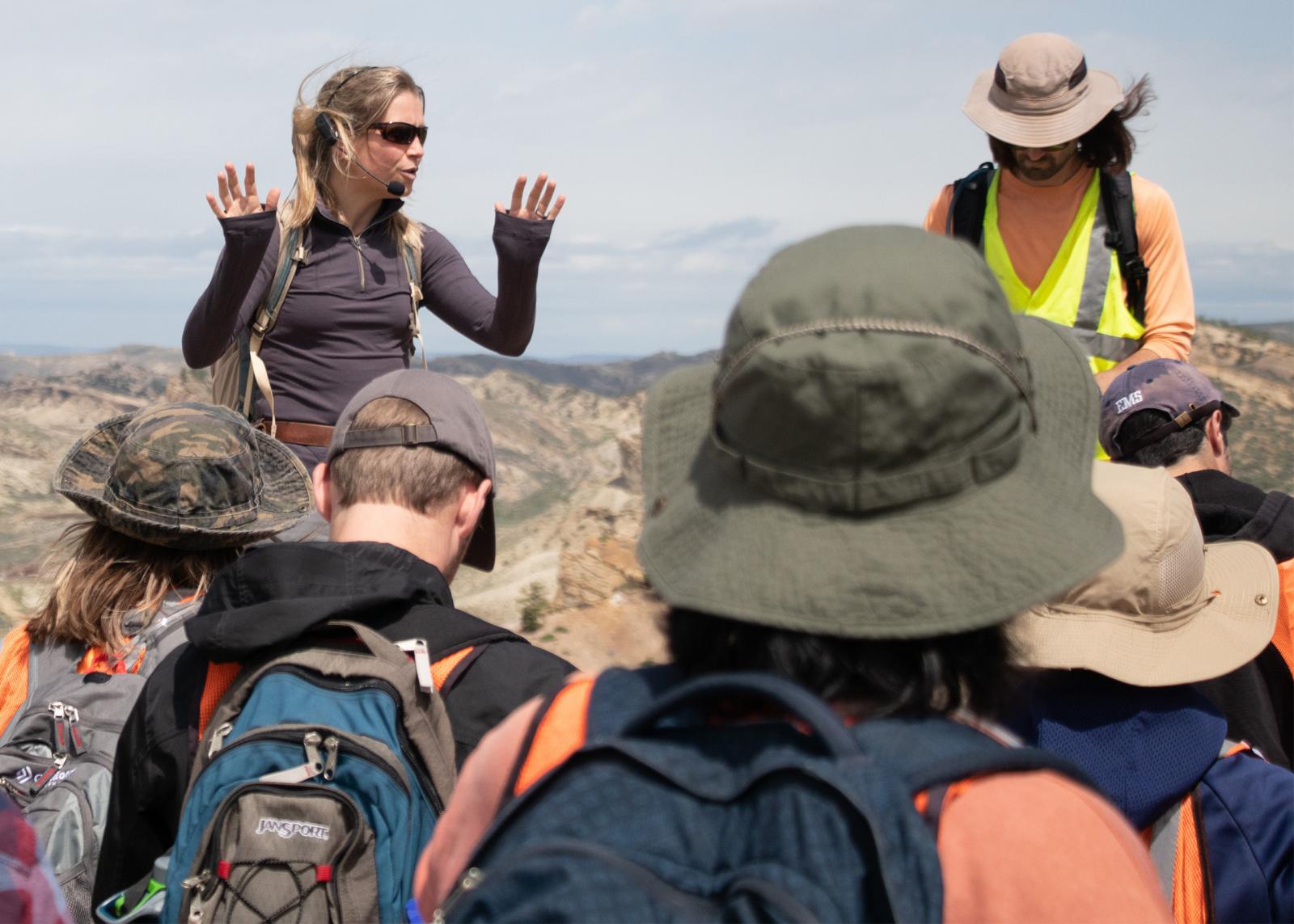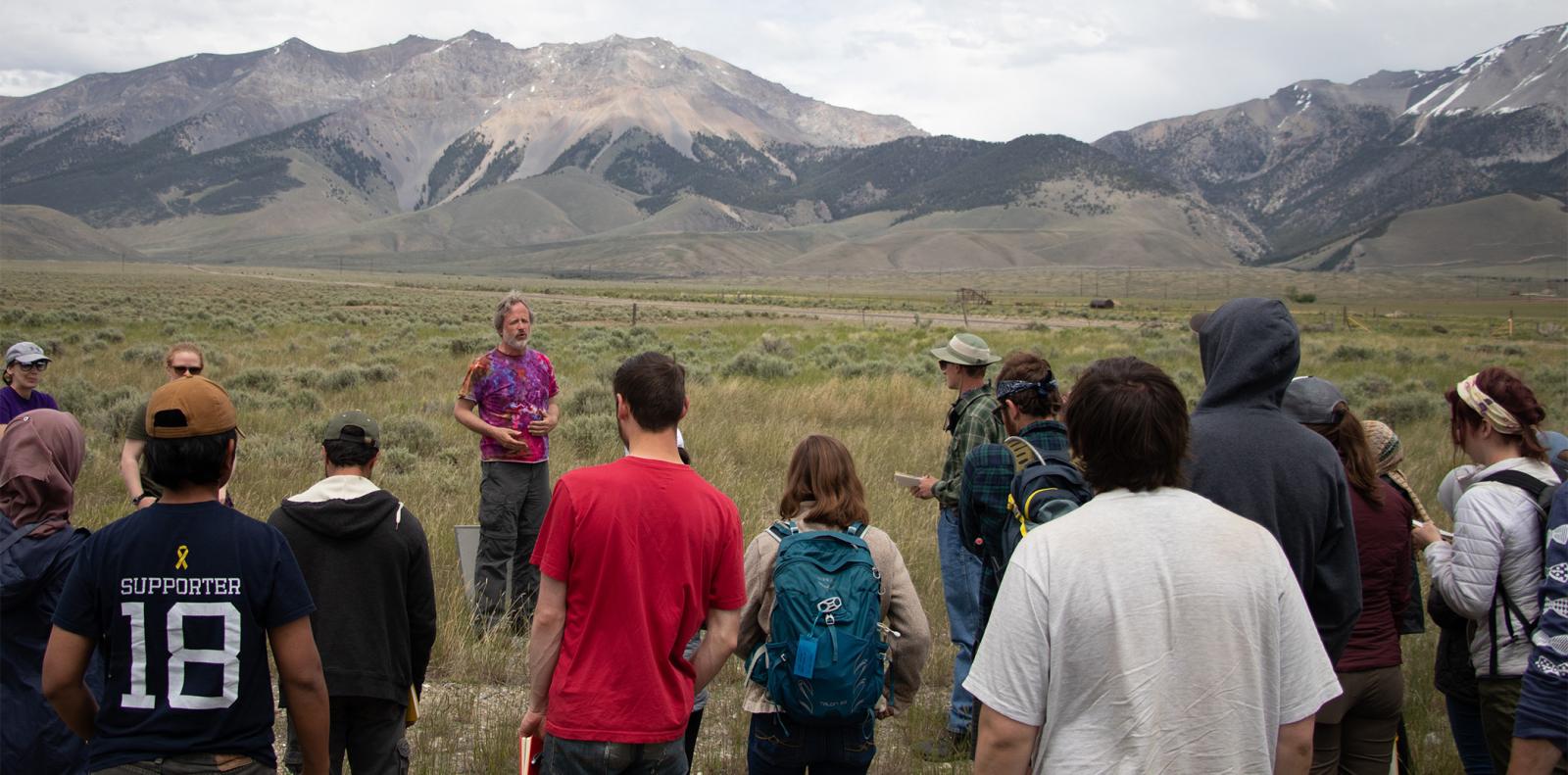the College of Eastern Utah (CEU)
Eastern Utah, in Price, Utah, provides superb exposures of ancient marine and coastal strata (with dinosaurs).
The Yellowstone-Bighorn Research Association (YBRA) Campus
At the YBRA Campus near Red Lodge, Montana, students complete maps of glacial deposits and relatively simple structures.
Park City
Alta, Utah, offers a more advanced exercise in structural mapping, with complex relationships between faulted and folded rocks. Students also map the Alta stock and associated contact metamorphic aureole.
Both Red Lodge and Alta offer excellent facilities for lecturing, drafting maps and writing reports.
Camp Wildhorse
Students will also spend approximately 1 week camping in Idaho at Camp Wildhorse where they participate in a variety of hands-on field activities.





